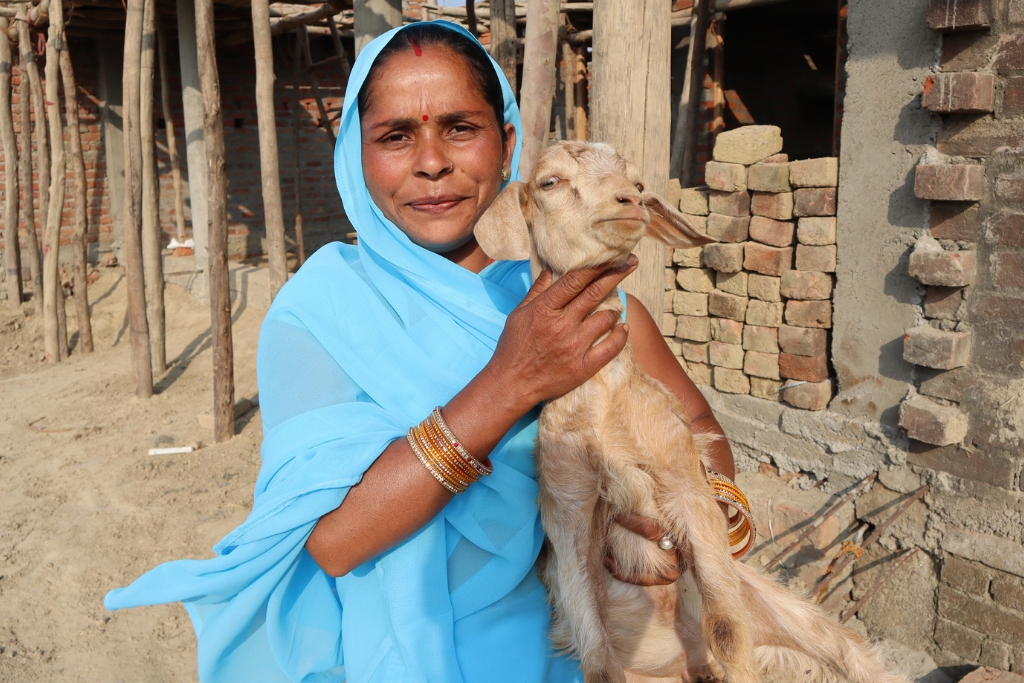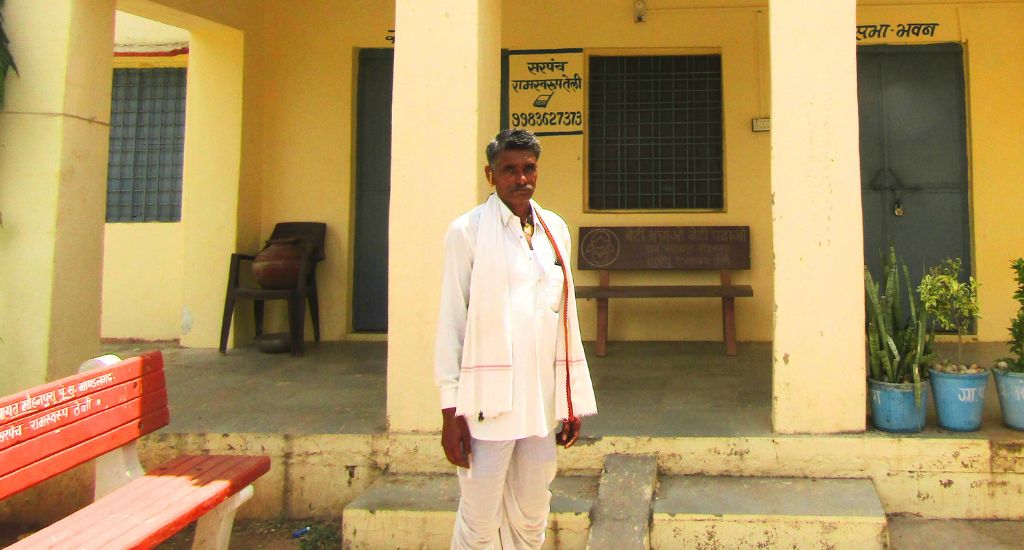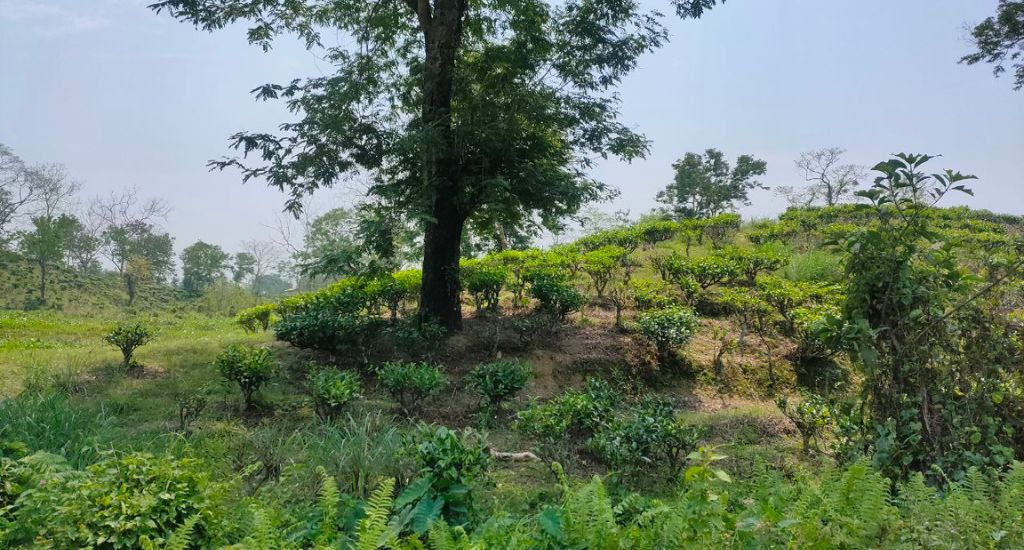The Ayushman Bharat (Long Live India) program has been launched to cover 500 million families. Time alone will tell whether the design of the program will be faithfully implemented and whether the stakeholders — in particular the medical fraternity — will cooperate with the grand intent of the government. We take a pause and reflect on the other and almost wonderful phenomenon of Deergh-Ayu Bharat (India that has had a long life).
We pride ourselves that we have an unbroken history and cultural tradition going back to several thousand years. We have managed to face, fight, live with and absorb a series of invaders from different parts of the world. The invaders brought with them much vigor, technology, and their own civilization, or as in the case of Genghis Khan, its absence.
But they also brought with them ailments, microbes and germs of their countries. With our own biotically rich ecology, we were never particularly short of life in all its forms. We have had for long the whole faunal range from the microbes to elephants and an amazingly wide variety of flora. Ever since the time of Adi Sankara, the philosopher and religious leader who established the four main Hindu pilgrim destinations (four peethas), people have been making long journeys for religious purposes. Thus, intermingling of people in regions with their differing internal floristic composition has been historically an unbroken process.
We as a people have had long and very extensive opportunities to become infected with endemic, domestic and foreign microbes, and hence, contract myriad diseases, spread epidemics and eventually become extinct. And yet we as a society have survived for several thousand years.
There is a recorded history of large-scale loss of human life, distress and migration due to wars and famines. But plagues of the first and the second decade of the last century would appear to be among the first major epidemics that caused huge number of disease-led deaths. In fact, the only recorded and large-scale drop in population seems to be during the period between 1901 and 1920. If there have been many such earlier periods, I have not read about them. Census exercises may not have happened earlier, but I presume historians would have written about large-scale epidemics and death.
Survival techniques
How did we as a society survive so long? A part of the answer lies in the immunity and resistance of the stronger people during these periods of infections and epidemics. Does another part lie in the lifestyle, diet, medical knowledge and practices, and materia medica of those periods?
Allopathy, the supremely arrogant medical science that rules the medical world today, made its inroads in India barely 130 years ago. At that time, it was only a few shades better than alchemy. Did our people not fall sick at all? Or were they very short lived in the absence of allopathic science? And if they fell ill and were cured and lived well into the fifties and sixties, if not more, were they specially blessed?
The question is how did they survive in the environment characterized by unbridled growth of our very Indian microorganisms and influx of foreign allergens, pathogens and ailments?
This question is well worth speculating about. Among the possible answers lurks one powerful and possibly unfashionable thought — that our society had sufficient wisdom as well as distilled knowledge to forestall and fight diseases. The former is not codified. These are oral traditions, granny advised practices about child rearing, home and kitchen matters, diets and food advice, cooking practices and folklore.
Traditional wisdom
The second part is well preserved and documented medical science of Ayurveda, Siddha and the equivalent. As Mahatma Gandhi wrote, India lived in villages. Even the vaidyas (traditional doctors) trained in the science of Ayurveda settled down and lived in the then towns and cities or in their own villages. Thus, to cure herself, an average villager had only the support of the traditional received wisdom resident in the mind of some elder in the village.
Admittedly, much nonsense can pass off as received wisdom. Occasional and chance cure of a sick person who was given a course of treatment on such received wisdom has quite a few times been used by quacks and charlatans to exploit the gullible and line their own pockets. Thus a wholehearted and non-discerning advocacy of all forms of traditional wisdom of wellness can be quite problematic.
At the same time, we must be humble and give the amorphous and dispersed traditional wisdom its due in having enabled the population in poorly connected, poorly served and resource poor rural communities to survive over Centuries.
There have been concerted efforts to push Ayurveda and other traditional medical systems in the AYUSH scheme of things, but very limited efforts have been made to understand, document and reinstate the traditional wisdom of communities and the society in remaining healthy. Thus, that which served as the savior of the rural communities has been relegated to pure folklore and mumbo jumbo.
Ethno-medical practices
These traditional practices are broadly clubbed under the rubric of ethno-medical practices. The Foundation of Revitalization of Local Health Traditions (FRLHT) in Bangalore did much work in the direction of distilling obviously useful and instrumental knowledge of our communities for years.
As a part of an assignment with them, I had assessed their kitchen herbal garden program and had found that it is very effective. It is effective in curing the rural poor of commonly occurring ailments and also saving millions of rupees of poor people who would otherwise have had to spend (on transport, loss of wage, medical fees and medicines) their hard earned incomes on transport, fees and medicines.
I also did hear and witness some efforts of other organizations for looking at wisdom of the traditional healers, bonesetters and the tribal medicine men to evaluate the relevance of these traditional practices to today’s problem.
Invest in hidden gems
My sense is that if the Ayushman Bharat program is to cost billions each year in staying healthy, surely there is a case for putting some serious money to unearth the gems that remain hidden in the traditional wisdom of communities who have survived and stayed healthy. The program for doing this will perhaps need to engage taxonomists, traditional healers, pharmacologists, folklore experts and social scientists who can look at the typical home medicine and good health practices.
Please note, I am not trying to resurrect the science of Ayurveda, which is well codified and abundantly validated. I am specifically focusing on uncodified, dispersed and amorphous ethno-medical practices.
Will this effort happen? This question is moot. Irrespective of the economics of this all, we appear content in claiming the awesome wisdom of our ancestors without really making serious efforts to revive and put it back in focus.
Two or three things combine to make this happen. The first is our slavish Westophilia. Till Johns Hopkins or Harvard tells us that our traditional wisdom is worth reviving, we will not do much. And the shrewd people in such places patent our herbs and products using at least as starting points, our traditional knowledge for shortlisting the herbs to appropriate.
Second, among our ruling social elites and opinion leaders, there is the unwarranted contemptuous attitude in even granting that there is a germ of truth and sense in our traditions. The third is of course the usual political economy and sociology of policy making.
Traditional practices will not need modern drugs and so companies and modern doctors will not earn any profits popularizing them. No one will earn much. So who will push for this?
And even the nationalist leaders have limited material interest in pushing these efforts. After all, it makes much bigger contribution to a leader’s ego if he says say we will spend 500 billion to run a huge program than if he says, “We will save 2000 billion by telling you how you can remain healthy by listening to your grandma!”



